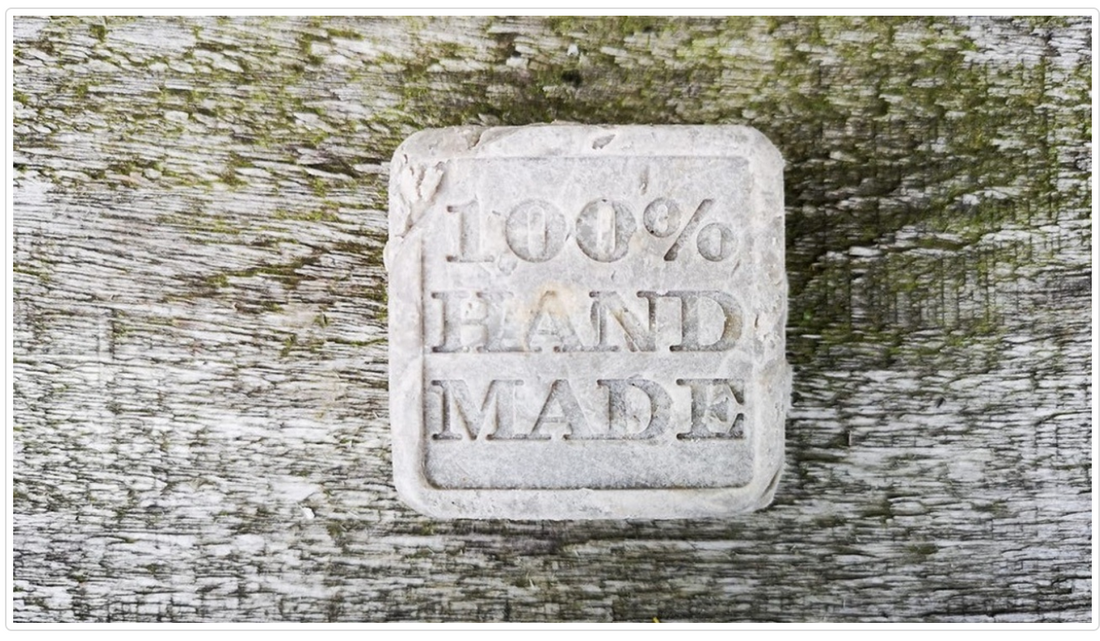
Wood Ash Soap
How To Make Wood Ash Soap
When we used to have a wood fired hot tub here at the tipi site, guests would often leave the lid off the stove and it would rain in (until we got a shelter over the tub).
The first time this happened, and I saw the grey sludgy water inside the snorkel stove (top fed stove) - I wasn't angry, I was intrigued. Here's why...
In permaculture we have a way of thinking: make the problem the solution. I had wanted a form of natural local body cleaner for the guests to use in the hot tub, and here I was presented with a circular solution.
GET MY EBOOK ON SELF-SUFFICIENCY SKILLS HERE
You see rain water in wood ash is pretty akin to Potassium Hydroxide, a lye (Ph. 14), which when stirred into fat causes saponification... I had the basis of home made wood ash soap! Made by the hot tub for the hot tub - a closed loop system.
Off to the kitchen I went with a big jug of the sloppy wood ash, and warmed it in a pan reducing it slightly. In another couple of pans I warmed two different types of fat as I wanted to experiment to see which was the best. In one pan I warmed lard, in the other I warmed a harder veggie fat; rapeseed fat. (We are, after all, a rapeseed growing nation, so it too was a local product). If I had had tallow I would have tried that too. The difference between lard and tallow in case you were'nt aware, is that lard is pig fat and tallow is beef fat. Roadkill badger may also have done in a survival situation.
A bit like soft cheese-making I warmed the pans up to about 180 degrees. Remembering from making soap the traditional way using bought-in lye/sodium hydroxide NOT to use my plastic coated cheese thermometer. The last one had melted in the lye. Then, slowly I stirred the lye mixture straight into the melted fat, leaving the gritty bits at the bottom, and carefully stirring, beating it in. Note you must never pour the fat into the lye, as it can splash and burn you (alkali burn, rather than heat burn).
Removing the pans from the heat, I continued to stir the fat mixture with the now added lye, until it thickened (saponification)... and poured it into soap moulds. In the past I have just used shoe boxes lined with grease proof paper, so please don't feel you need to buy soap moulds.
Upon hardening the rapeseed fat produced a more solid soap, maybe I messed the lard one up by adding a bit of lanolin, which didn't mix in well. (Both lard and lanolin are esters).
The image is the finished result. Wood ash and rainwater lye and fat soap.
I had heard it was something the tudors would have made, but upon a bit more thought I guessed if I was a tudor peasant I would've been more likely to eat the fat than rub it on me. You can also clean using just the wood ash and rainwater itself, allowing the ph to come right down of course, but to remain above neutral - the whole idea is that bacteria don't thrive in alkali environments (unless it's cholera!). I did ponder if adding a dash of vinegar would help this process happen quicker, and still result in a liquid wash that would clean.
Anyway - this is my wood ash soap and my ponderings on washing with wood ash. Oh, by the way...
I then went on to cut two sticks and take a ball of twine... garden twine ... and knitted a scrub cloth to go with my new 'rich peasant' soap.
Seven years later I still have kept both in a jar to show customers, the jar upon opening still has a lovely clean smell to it!



Please help me keep self-sufficiency skills going by signing up to my Wild Beauty Course Online - to learn lots more about the natural materials all around you; in your kitchen cupboard, your garden and the wild and how they can be combined to make your own toiletries.
GET MY EBOOK ON SELF-SUFFICIENCY SKILLS HERE




